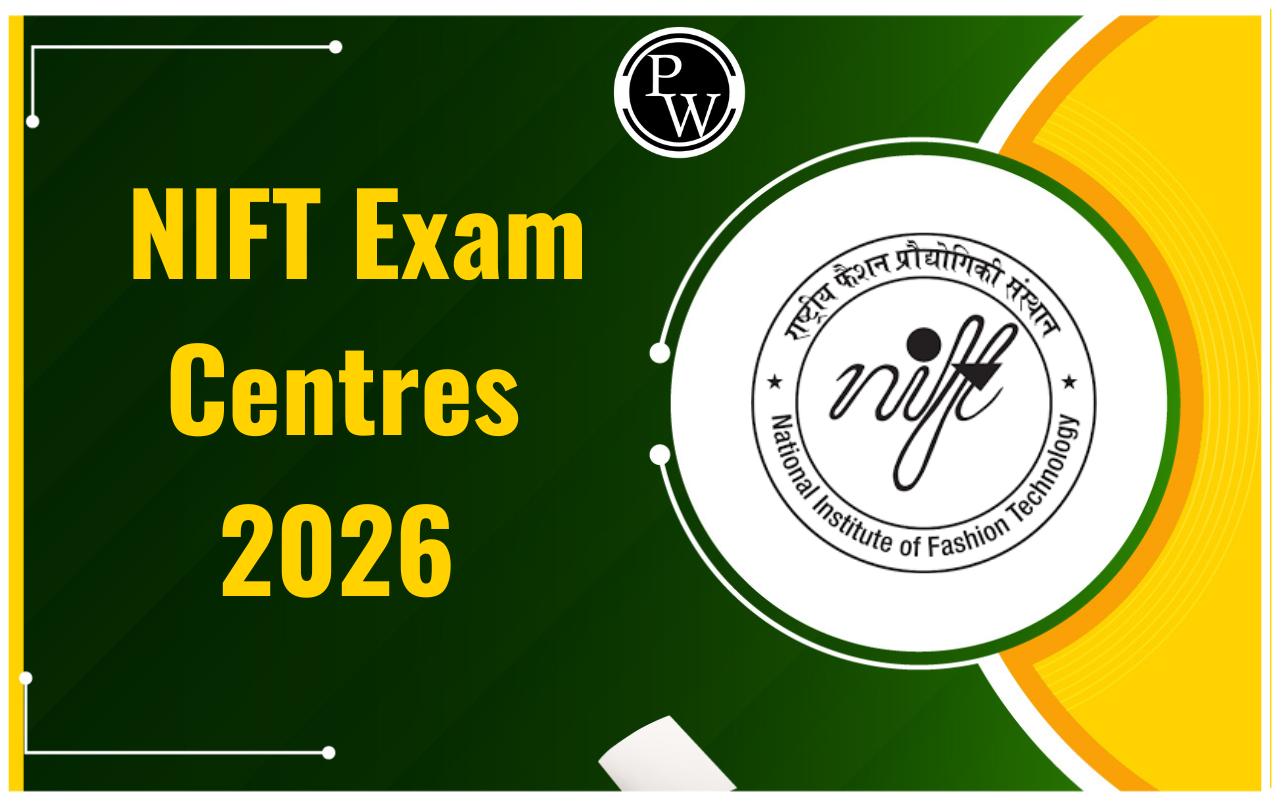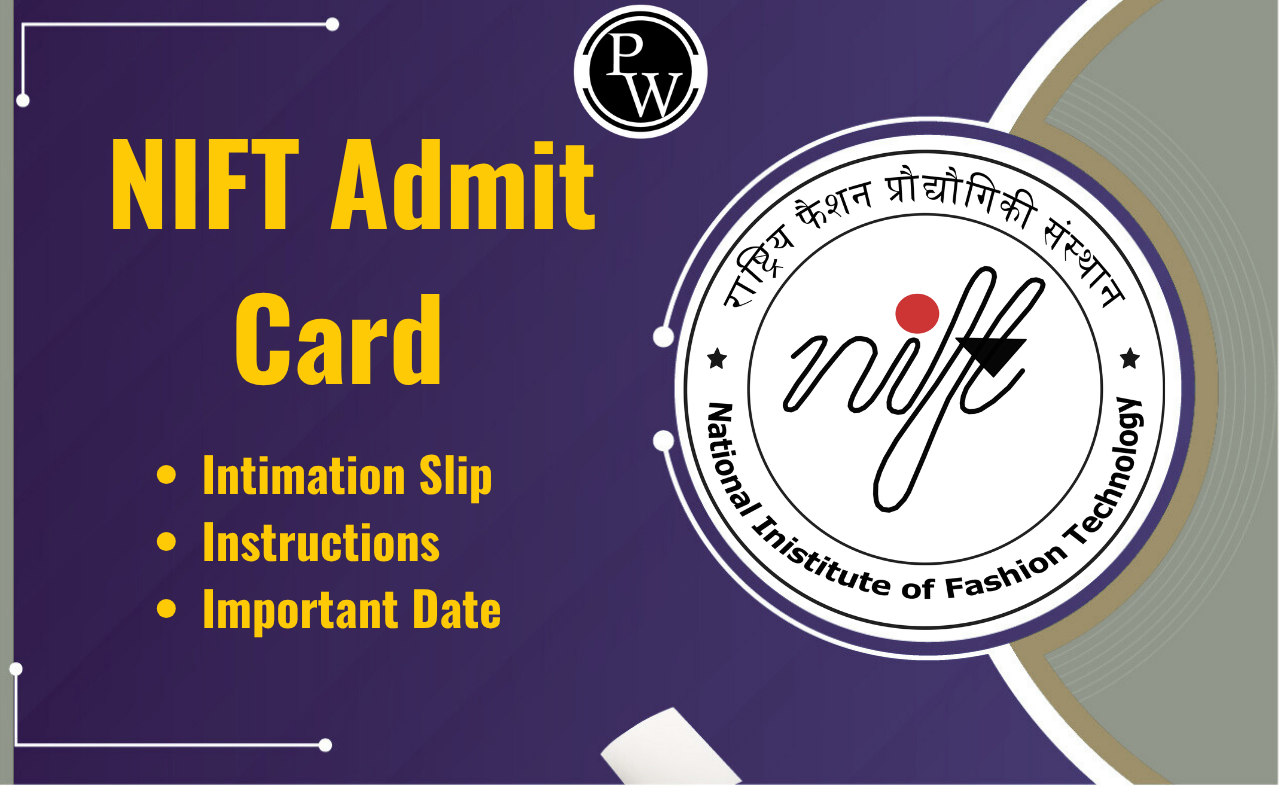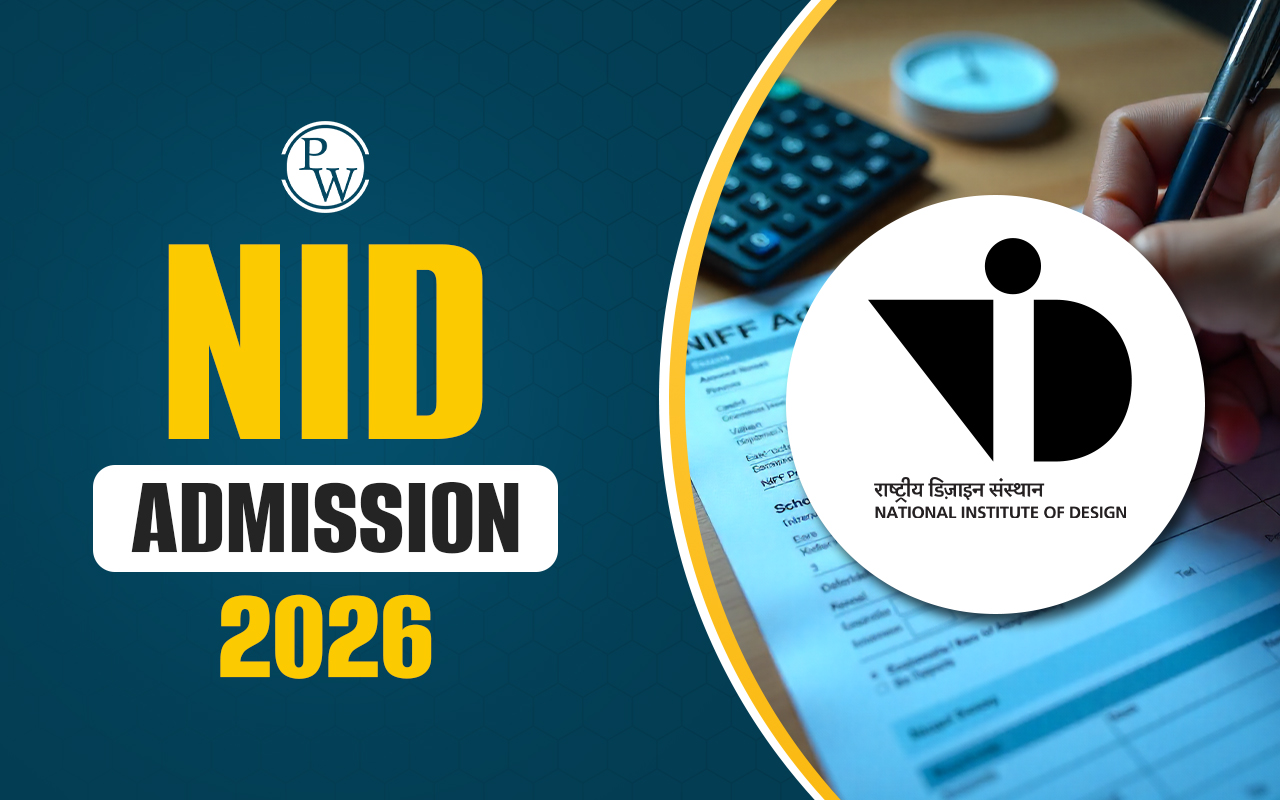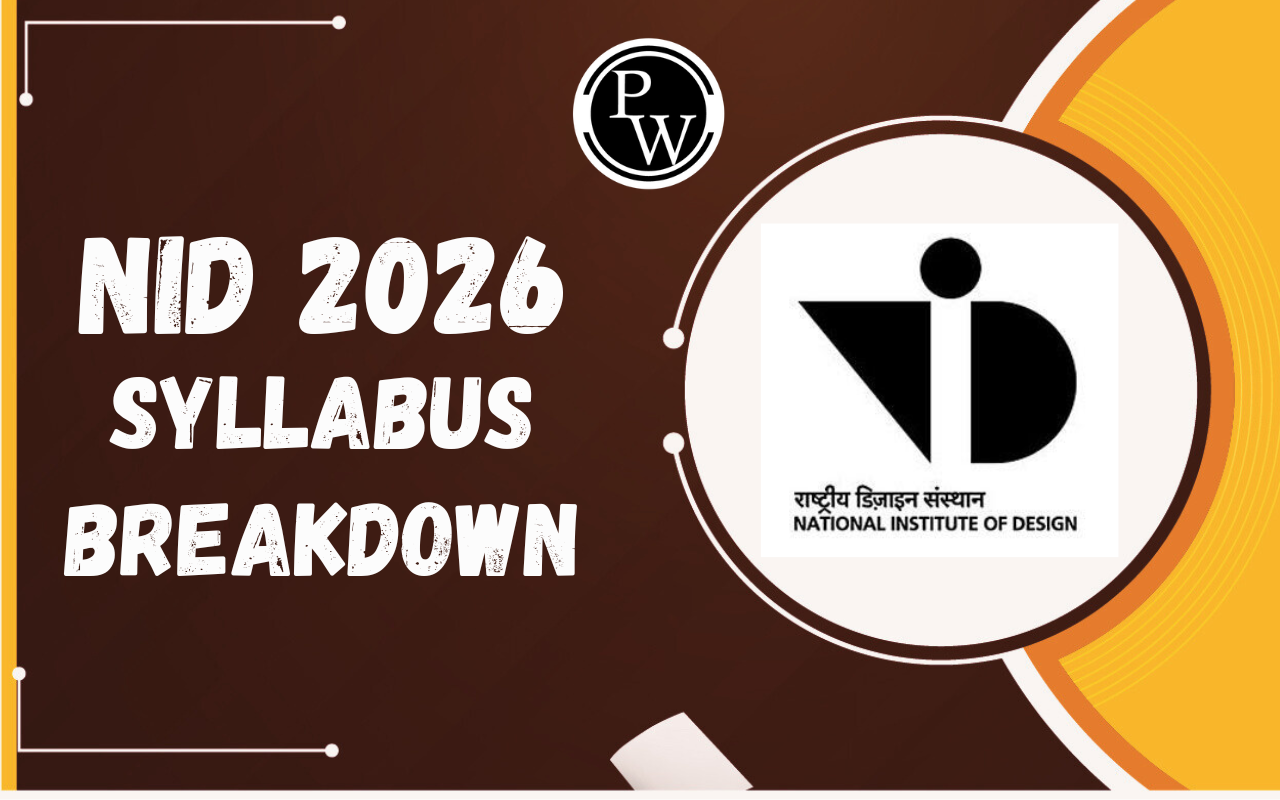The NIFT Situation Test 2025 is the last test candidates have to clear for admission to B.Des courses at NIFT. The NIFT Situation Test 2025 assesses a candidate's material handling skills and innovative abilities to create a 3D model using given resources under a given time frame. It is a crucial part of the NIFT entrance exam for B.Des programs, carrying 20% of the total weightage.
To prepare for Model-Making for NIFT Situation Test, candidates need to develop skills in 3D model making, material usage, creativity, and neatness of execution. Candidates must focus on practicing various modeling techniques, understanding spatial visualization, and managing time efficiently.
What is Model-Making for NIFT Situation Test?
Model-making for NIFT Situation Test involves creating a 3D model using provided materials like mount boards, colored sheets, and wires. Candidates are given 2 hours to complete their model. It evaluates candidates based on their creativity skills, space visualization, and construction skills. For their models, candidates have to write a short report explaining the concept behind the models. Candidates have to showcase their brilliance in making creative 3D models using limited resources and time, while expressing their idea effectively. Since the model-making for NIFT situation test constitutes a significant weightage, candidates must put extra effort to do well in it.
Tips to Prepare for Model-Making for NIFT Situation Test
Since model-making for NIFT situation test 2025 requires candidates to showcase their creativity, they must focus on honing their practical skills, understanding materials, and practicing quick, innovative thinking. Some tips to prepare for model-making for NIFT Situation Test 2025 are as follows.
- Focus on Improving the Basics of 3D Model-Making
Improving the basics in model-making for the NIFT Situation Test enhances your ability to create precise and balanced models. Candidates must focus on creating a stable, proportional, neat, and flexible model depicting the given theme appropriately. Models should be aesthetically appealing to the eye with minimum glue strains and rough cutters. Focus on creativity and concept development while making models for NIFT Situation Test.
- Practice with Various Materials
Since the NIFT Situation Test provides a specific set of material for model-making, candidates must familiarize themselves with the use of materials like mount boards, colored sheets, wires, and fabrics. To enhance your constructional skills, practice cutting, folding, and joining these materials to form models. Some common materials provided for model-making for NIFT Situation Test are as follows.
- Master Cutting, Folding, and Joining Techniques
Cutting, folding, and joining techniques are important aspects of the model-making for NIFT Situation Test 2025. Candidates must be handy in using these techniques efficiently to manipulate materials like paper and cardboard, creating precise and stable structures. For smooth cutting, use scissors, precision cutters, and rulers. Use hot glue, double-sided tapes for clean and tidy attachments instead of normal glue. To give more depth and support to your models, use thermocoal, cardboard, and mount board.
- Focus on Concept Development and innovation
Focus on developing unique concepts that reflect creativity and innovation. Ensure your model aligns with the given theme and incorporates materials effectively. The write-up should clearly explain your concept and design process.
- Adequate Planning and Time Management
Allocate your time wisely during the test. Spend a few minutes planning your model, and then execute it efficiently. Use the last few minutes to write a concise concept note explaining your design. The following table presents a time management scenario that you can overview and accordingly plan out your model-making for NIFT Situation Test 2025.
- Aesthetic Presentation of Model
In the NIFT Situation Test, models must be visually appealing with some overall impact. Candidates must present their models neatly, well-constructed, and visually balanced, which contributes to higher scores in parameters like finesse and presentation. Add details such as textures or folds to give an uplift to your models. Take off excess materials and avoid using too many colors which might make your models look cluttered. There must be a balance in the use of elements and give spaces wherever needed in the models.
- Explain Your Concept Properly
Add context and meaning to your models. A clear and concise write-up helps judges understand the thought process and inspiration behind your design, enhancing its perceived value. It will showcase your ability to conceptualize and articulate your ideas effectively.
- Use Sketching to Plan
Before jumping into making the model, quickly sketch your ideas to visualize the final product. Planning your design helps in organizing your thoughts, optimizing your use of materials, and saving time during the model-making process.
- Be Open to Conform to New Challenges
Being able to conform to new challenges while making models for the NIFT situation test is essential for candidates. It allows candidates to adapt quickly to new themes and materials, which is essential for producing a unique and effective model within the given time frame.
How to Prepare for Model-Making for NIFT Situation Test? FAQs
What materials are provided for the NIFT Situation Test?
For model-making for NIFT Situation Test, materials provided include mount boards, copper wires, colored sheets, straws, buttons, and other craft items. Familiarizing yourself with these materials is essential for effective model-making.
How much time is allocated for the NIFT Situation Test?
Candidates have 120 minutes to complete the model and write a concept note explaining their design.
How can I improve my speed during the Situation Test?
The key to improving speed is regular practice. Set a timer while working on your models to get used to time constraints. Start with simpler models and gradually increase the complexity to build your confidence and speed over time.
Can I use glue or other adhesives?
Yes, you can use adhesives like glue, tape, and other fasteners to bind your materials but do not overuse them, since too much glue can affect the appearance and stability of the model.
How important is the aesthetic appeal of the model?
Aesthetic appeal is important, but functionality and creativity weigh more heavily. The model should be well-constructed, stable, and visually engaging. Make sure that the design is neat, and any details (like edges or joints) are finished well.










